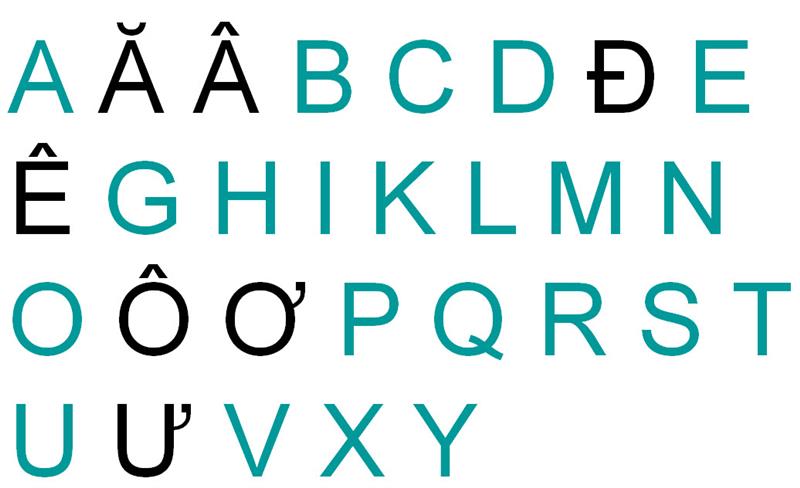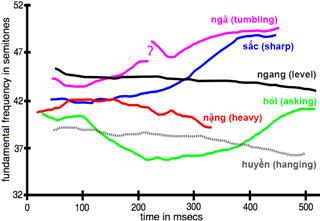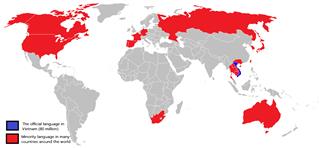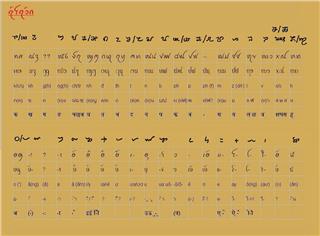As an opulent language of Vietnamese people, Vietnamese language expresses the national identity and diversification in language of the country. However, people in each part of the country speak with different dialects with a bit of different vocabulary.
Vietnamese language is the official language of Vietnam. Most of Vietnamese people speak this Vietnamese language as their mother tongue, while a few number of other Vietnamese people speak this language as their second language, accounting for 10 percent. Why? It is because Vietnam is the home to 54 ethnic groups. Some minority ethnic peoples speak their own languages such as Tay, Muong, Hmong, Vietnam – Khmer, Cham, and Jarai languages, and just use Vietnamese language when communicating with Kinh people who use only Vietnamese. The languages of minority ethnic groups are different from each other and distinct from Vietnamese. As being spoken by a large number of native speakers, surpassing some other languages like Turkish and Italian, Vietnamese is regarded as one of the most important languages in the world. According to the world’s statistics, there are at least about 80 million people speaking Vietnamese all over the world, of course, in Vietnam, the figure is overwhelmed in Vietnam itself.
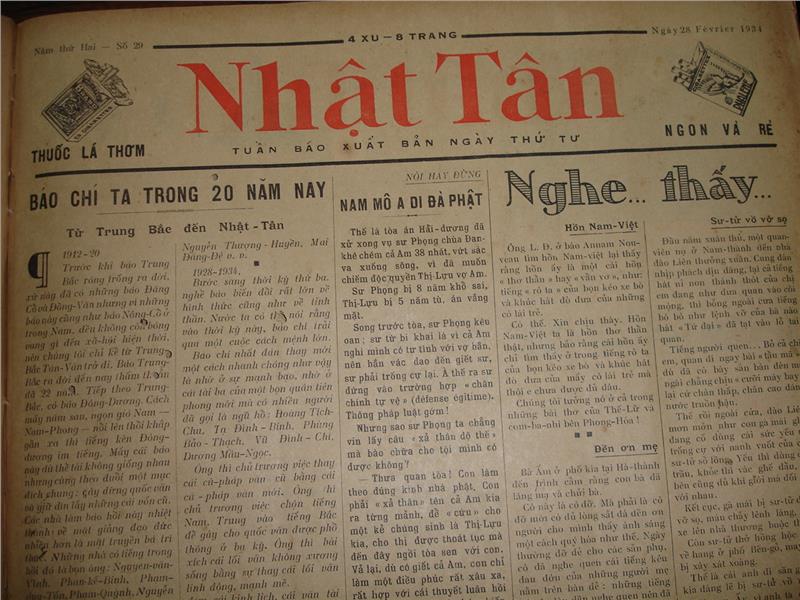
Whether Vietnam language is related to other languages or not is still a subject to linguistic studies. Belonging to the language of Viet group, Vietnamese is quite different from other language groups with a few local languages existing. When comparing Vietnamese with Khmer language which is relative to Vietnamese. As being close in term of geography to Vietnam, Khmer affected other languages, including Vietnamese, and vice versa. Chinese played an important part in the development of Vietnamese language. It is thought that half of Vietnamese words might originate from Chinese language. Vietnamese and Chinese languages have a common linguistic feature, tone-based language. However, six tones in the pronunciation of Chinese language are different from those in Vietnamese. The contemporary rules of pronunciation, vocabulary, and grammar in Vietnamese have cursory similarity to other languages in South East Asia and Chinese languages.
There are three regional Vietnamese dialects. These dialects are divided equivalent to three regions in the country, Northern dialect, Central dialect, and Southern dialect. Northern dialect is considered the standard version of Vietnamese language, while, Central dialect is spoken differently with different words from those used in the north and in the south; meanwhile, Southern dialect is spoken natively in Ho Chi Minh City, Mekong Delta region and other provinces in the region. When people from different parts of the country communicate with each other, they often get troubles which are caused by the variety of dialects. Yet, people still have mutual understandings in communication. Northern people will easily communicate with southern people and get less communicational barriers. It is the difference in pronunciation and vocabulary that shows where speakers come from in Vietnam.
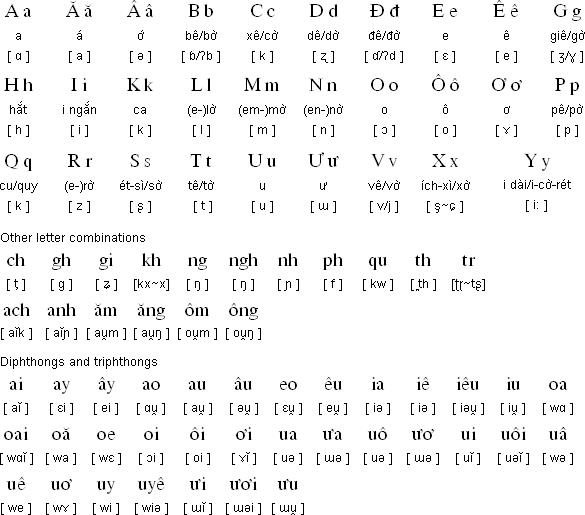
Since the 17th century, the Vietnamese writing system was formed and developed by a French Catholic. Vietnamese alphabet, todays, is similar to that of English and other languages in Europe based on Latin alphabets. However, there are nine diacritics in Vietnamese script to differ from other languages and make Vietnamese people communicate with distinct tones. In fact, a native European can find some familiar letters in Vietnamese writing system, even he can read them, but with different tones from those of a Vietnamese. To learn Vietnamese language, you need to master grammar and sentence structure of Vietnamese language. You might get difficulties in learning this language, but it will be an interesting experience when traveling this country.
